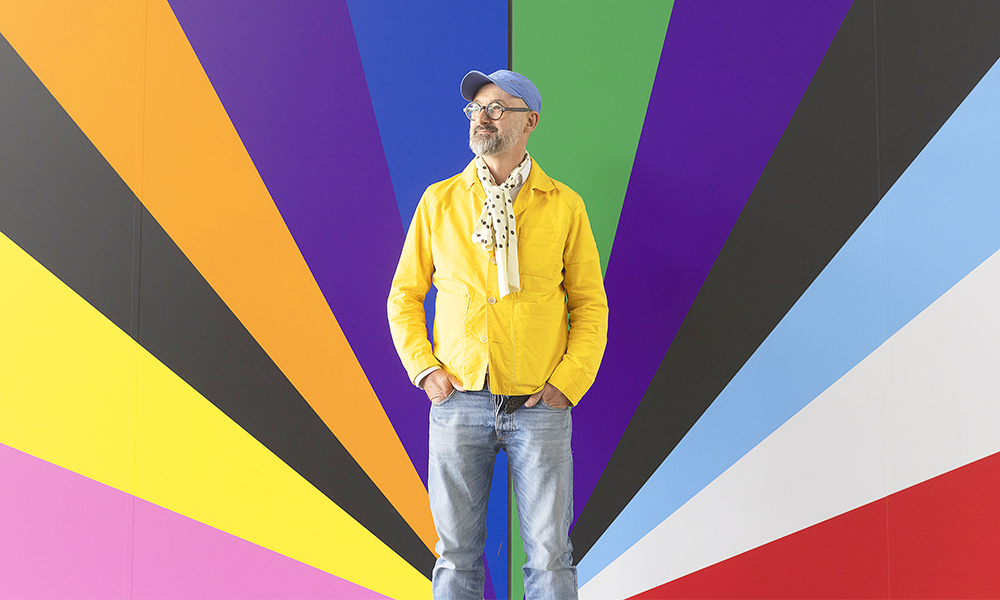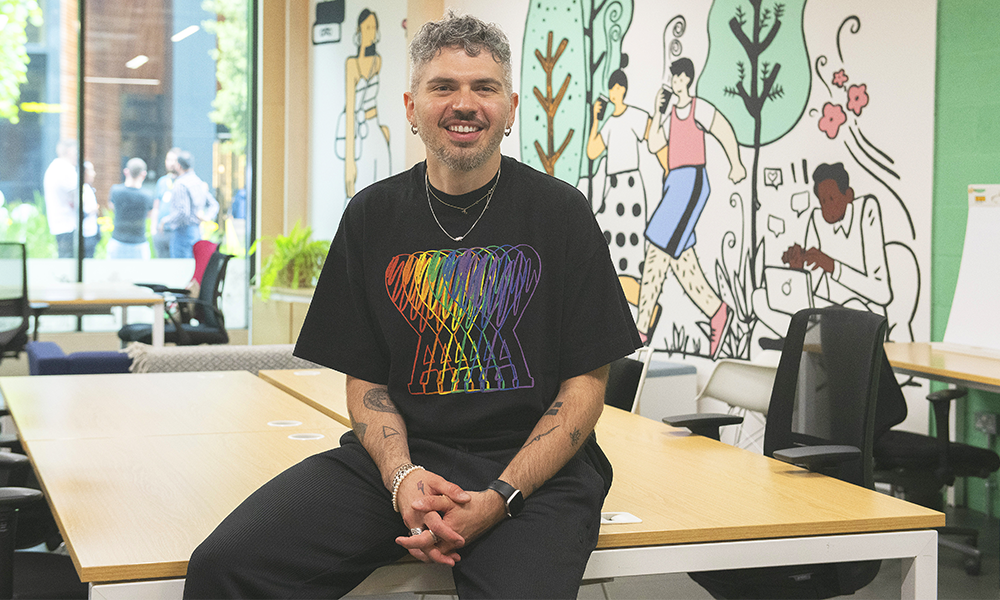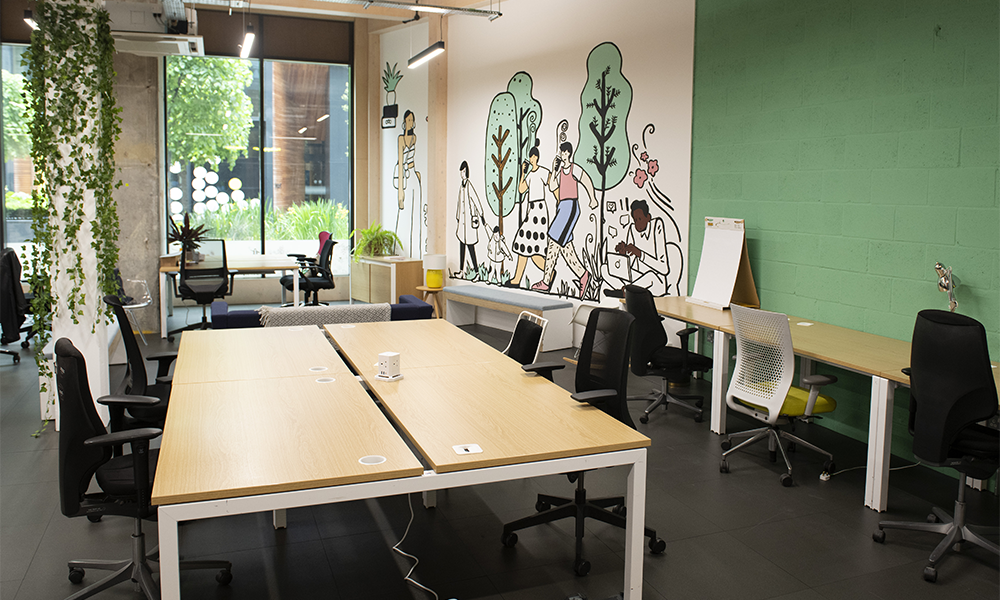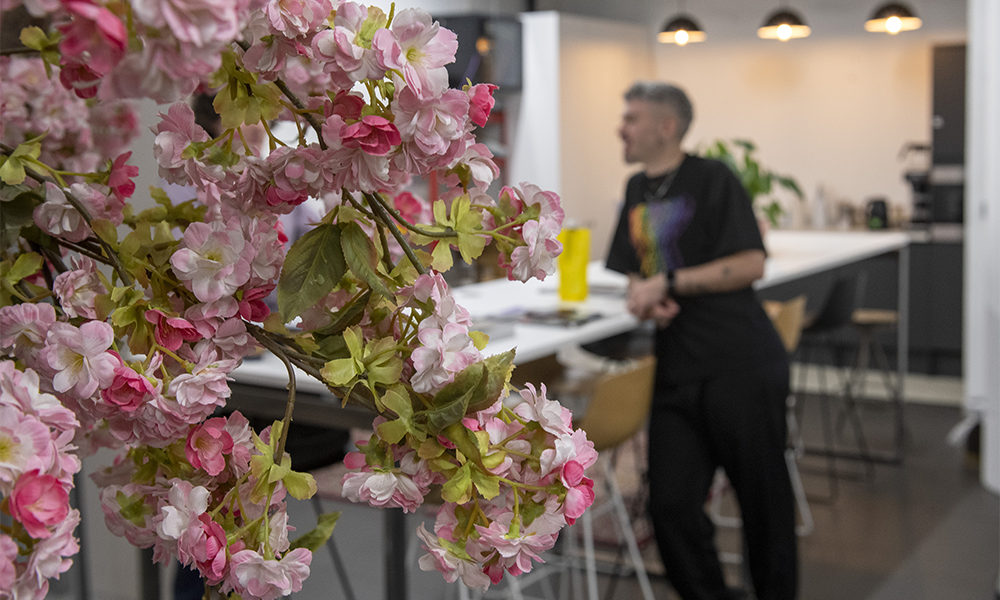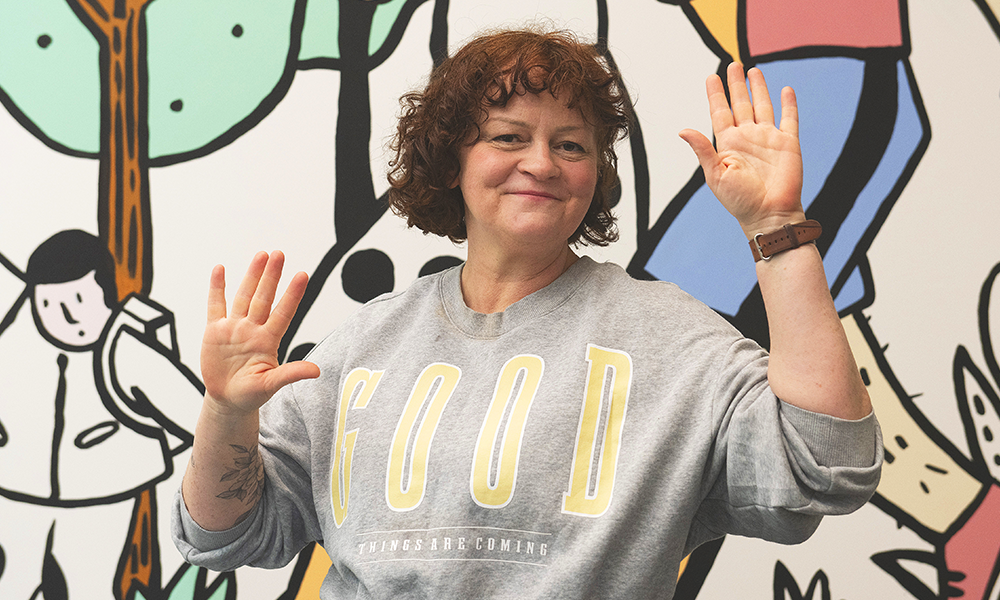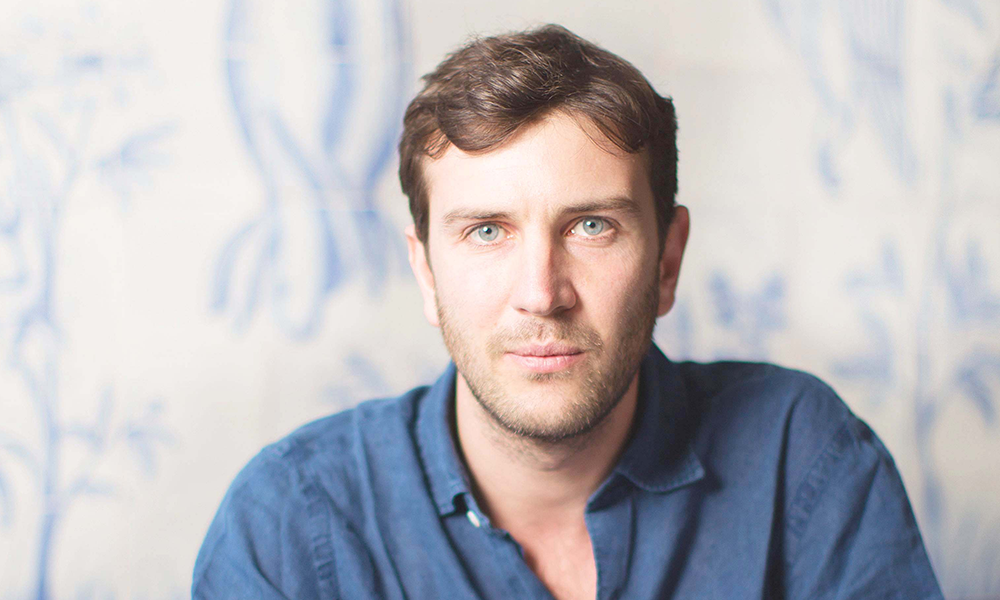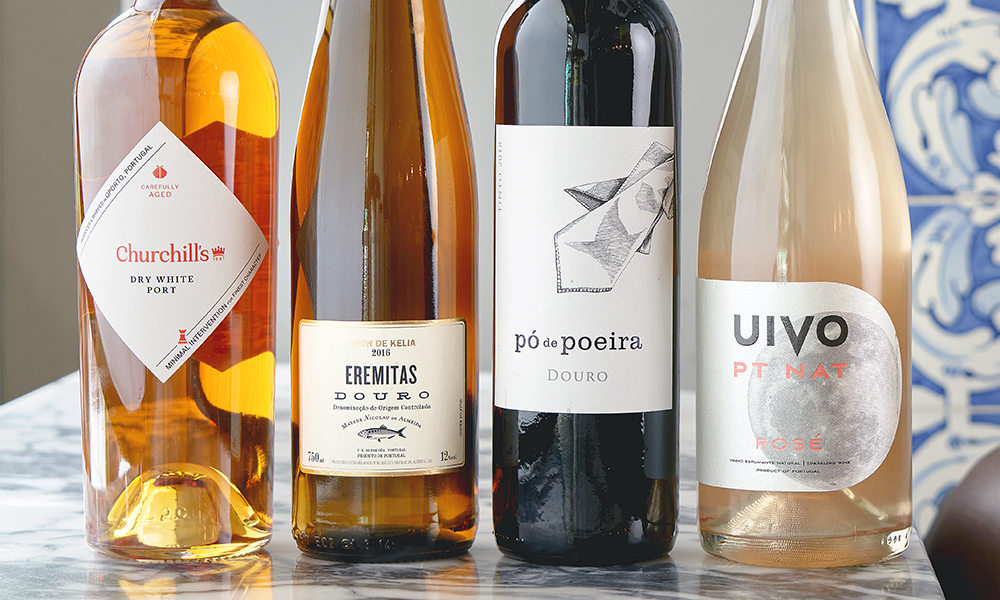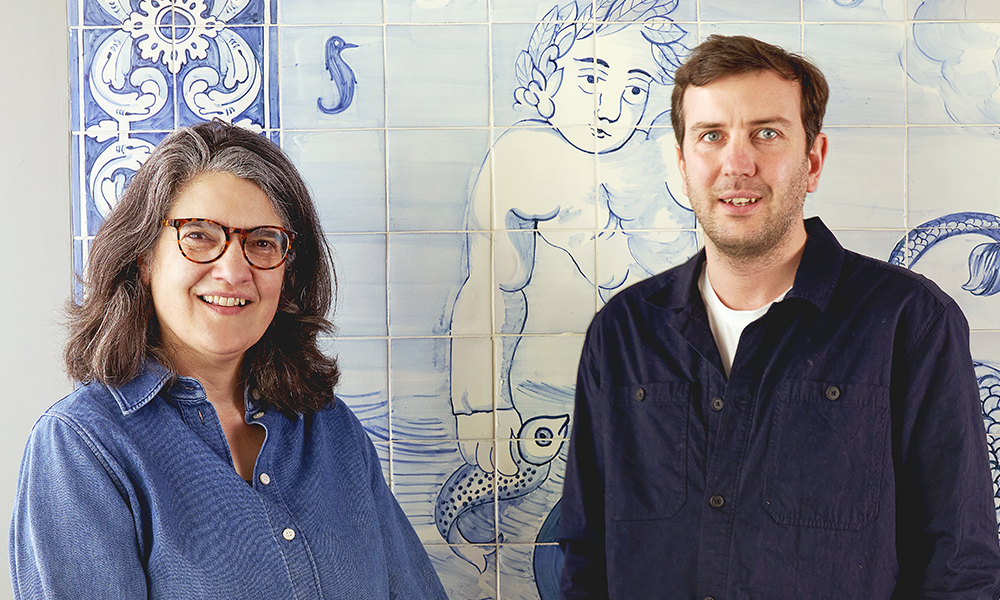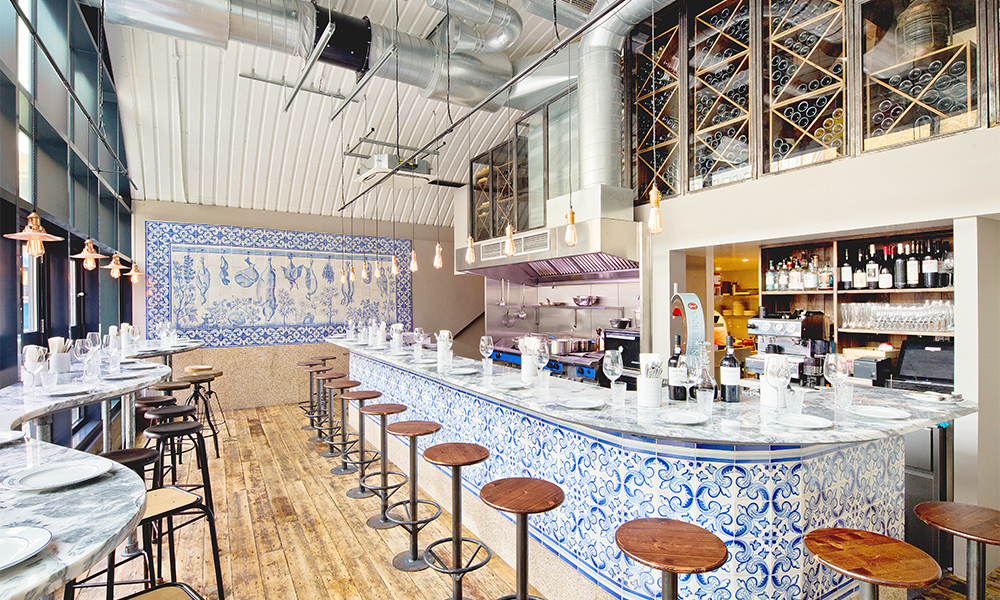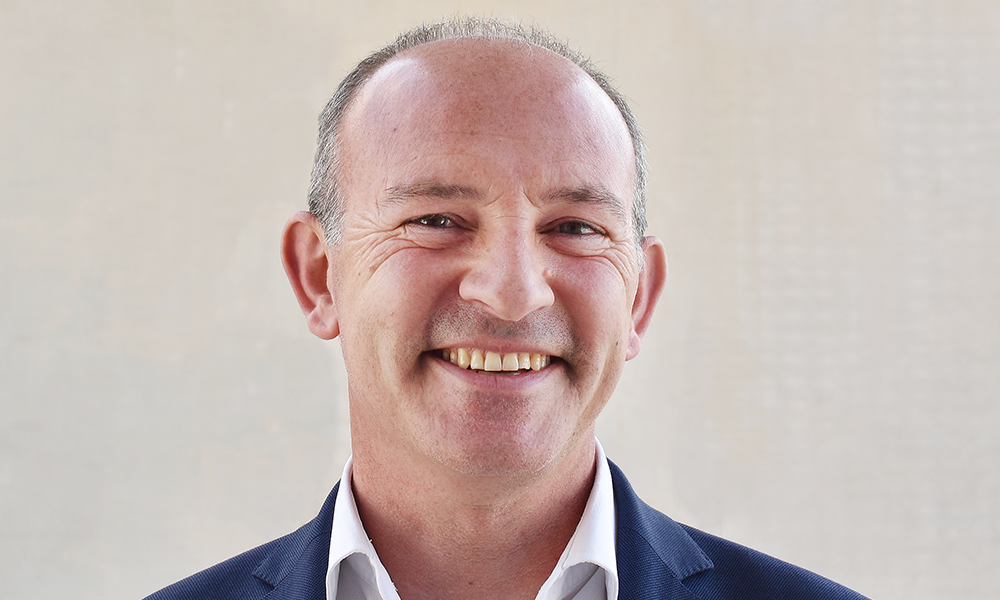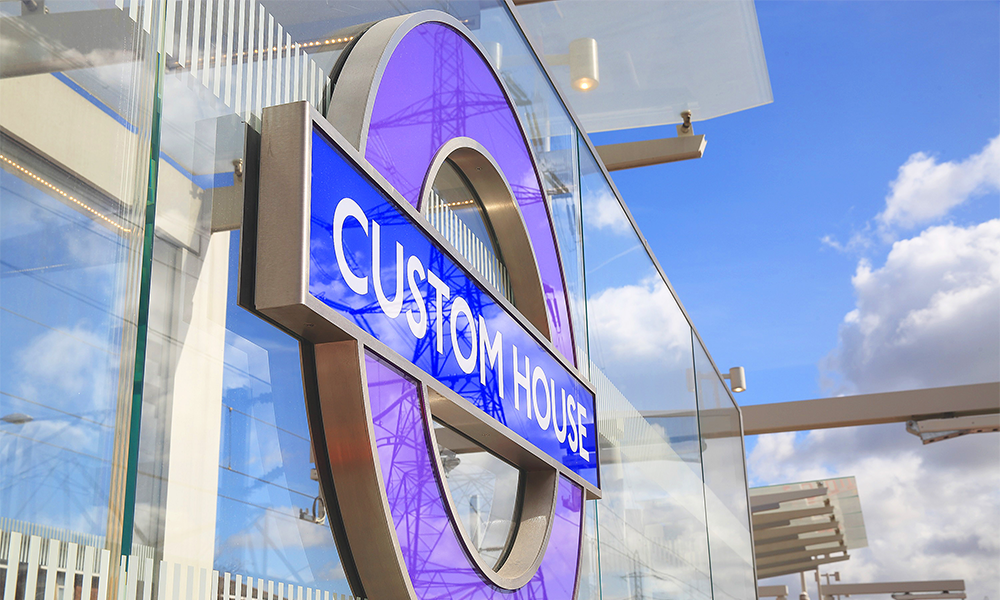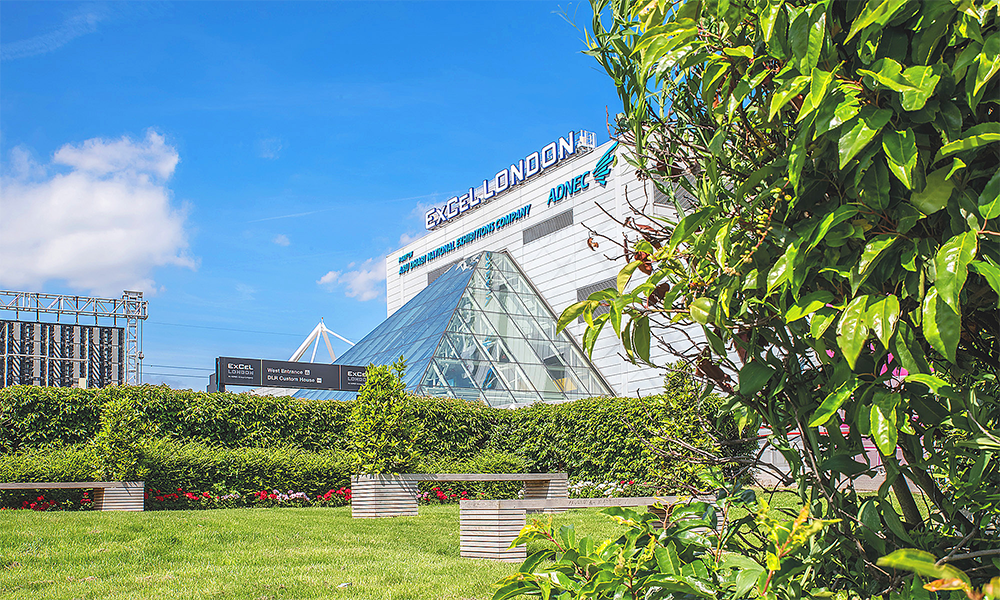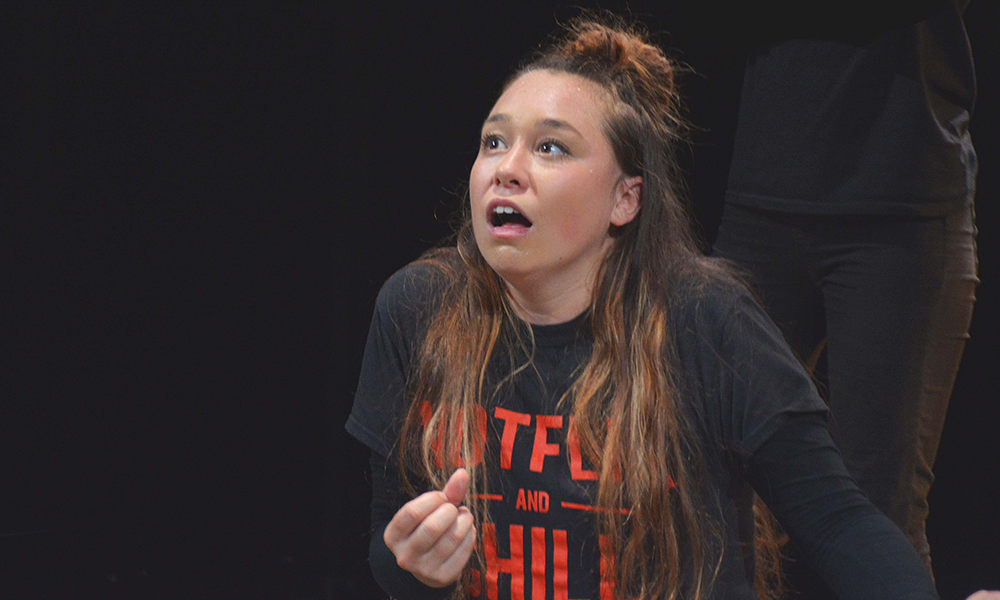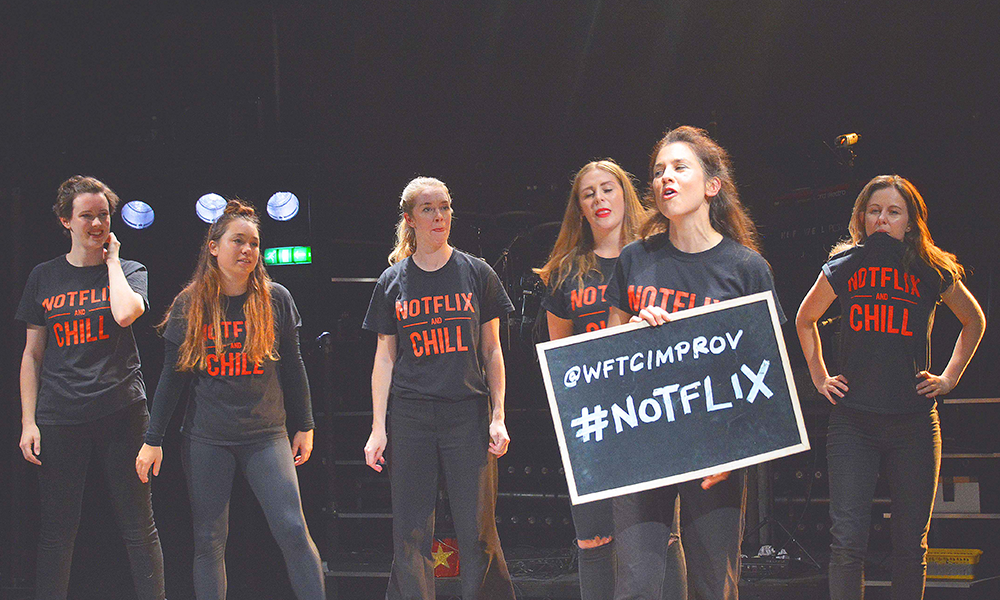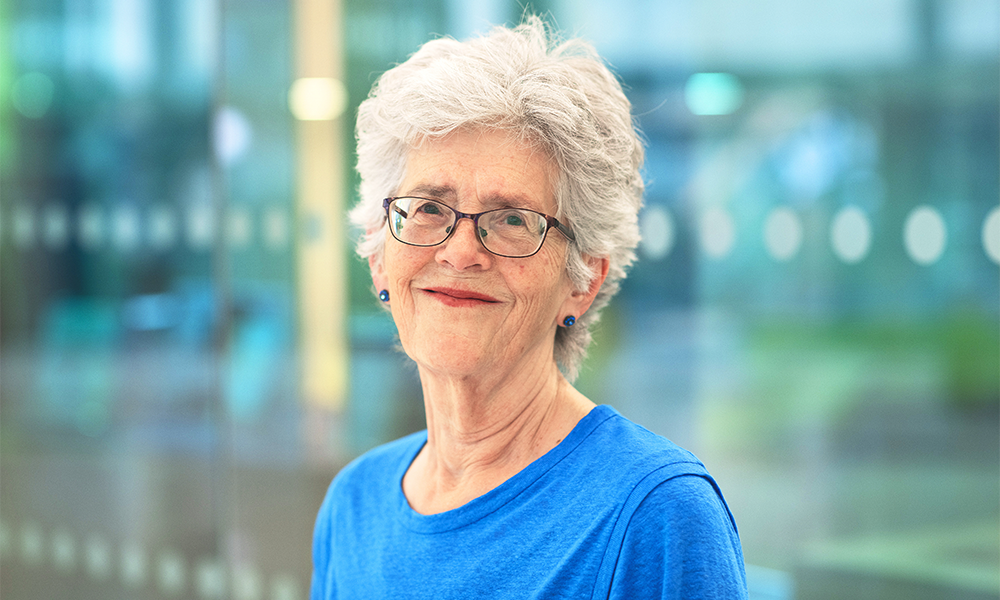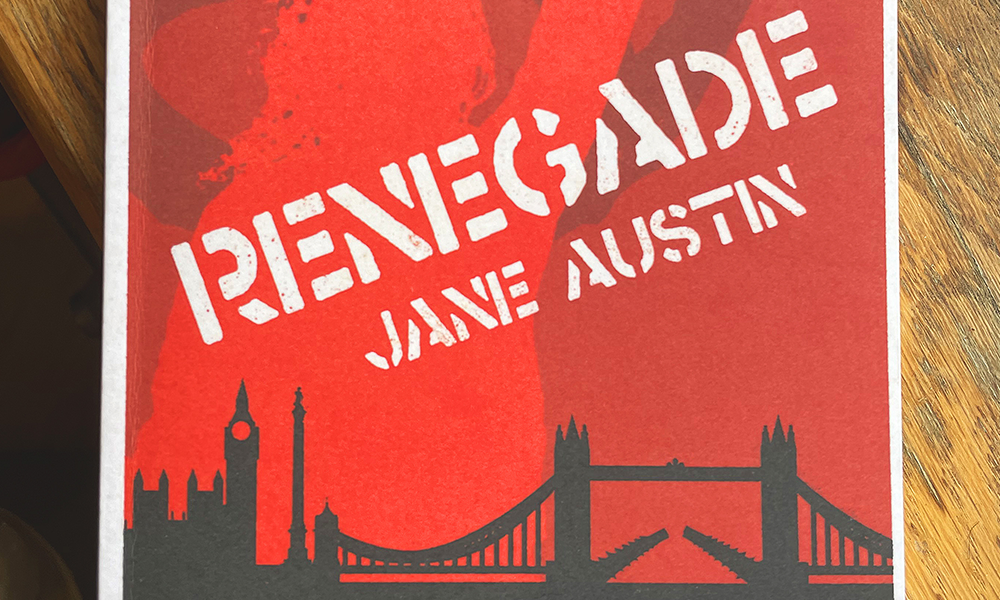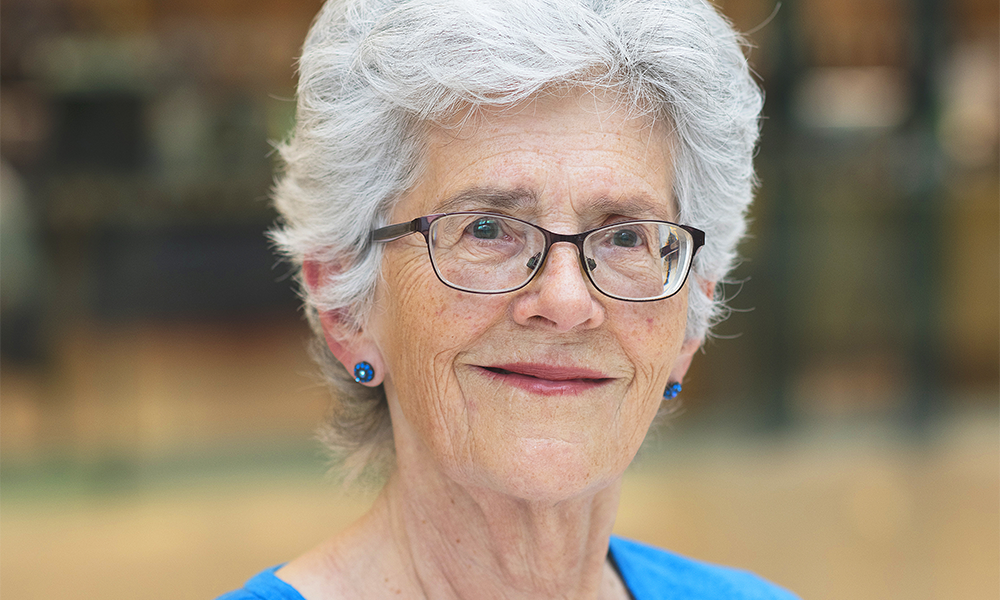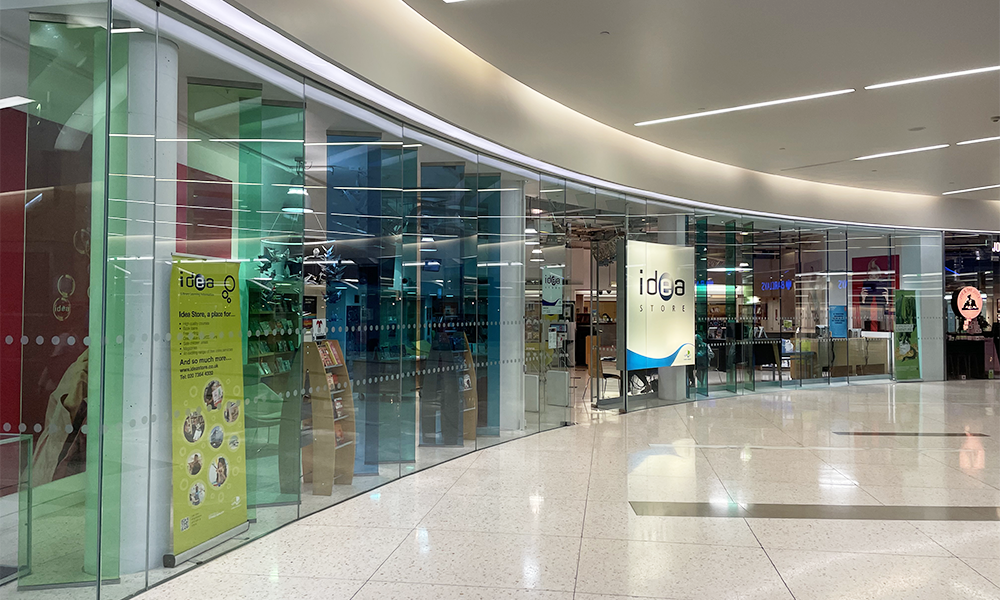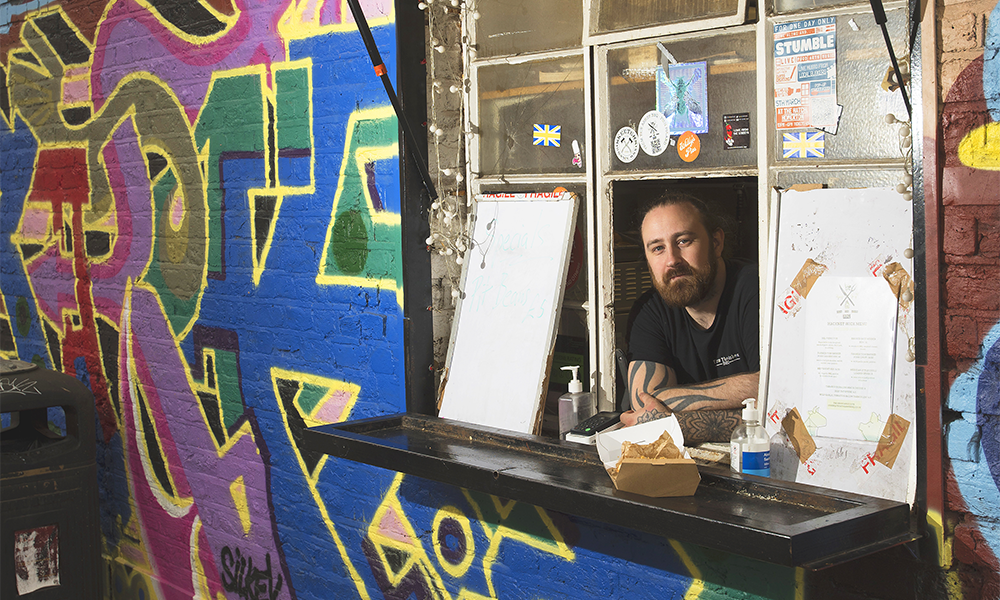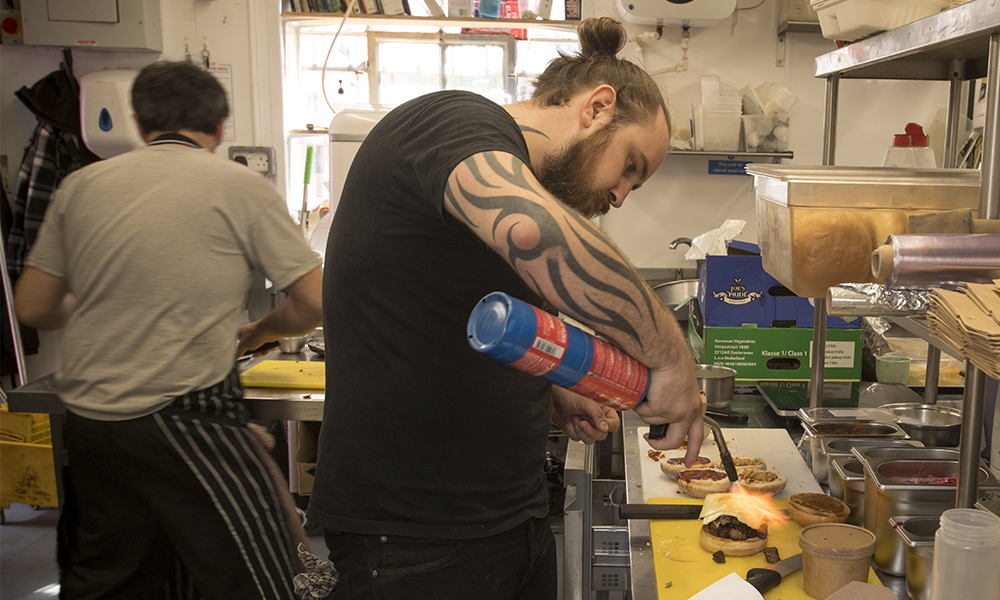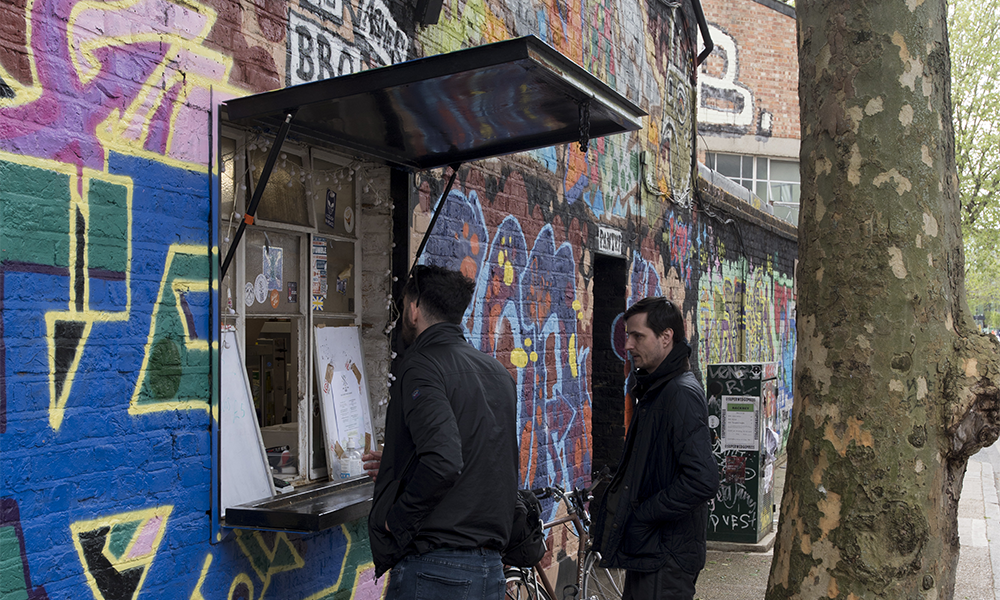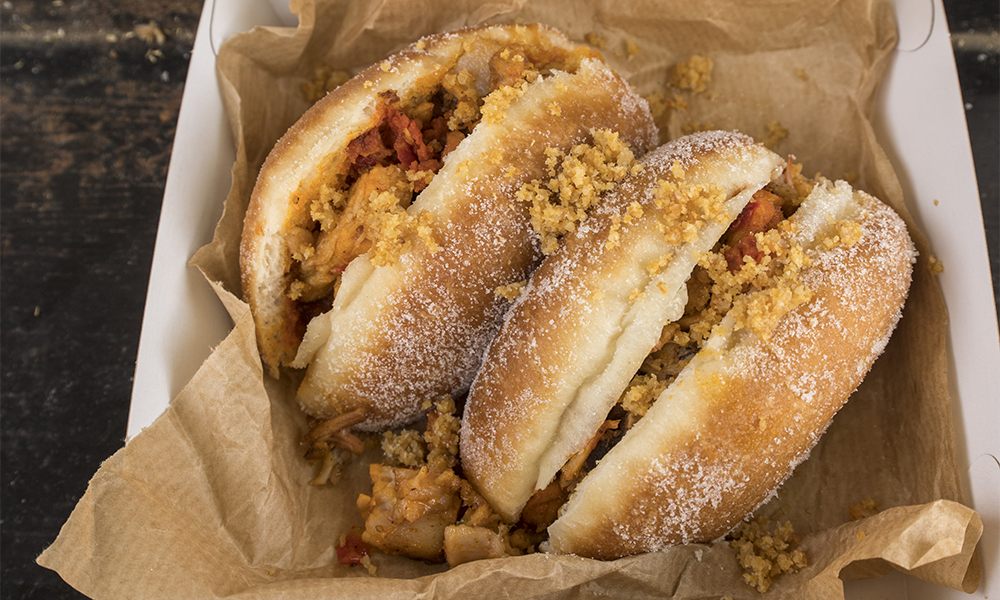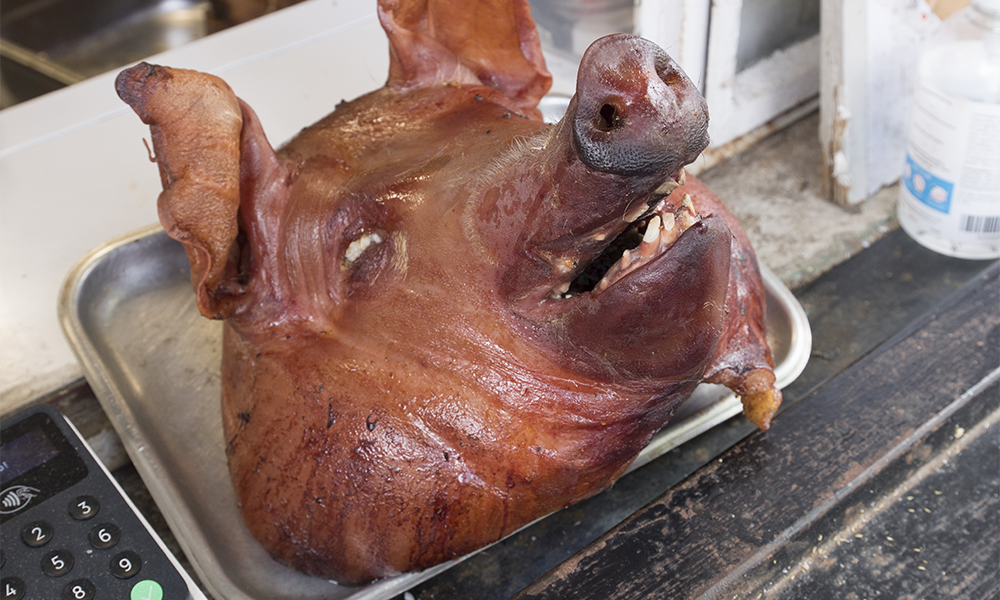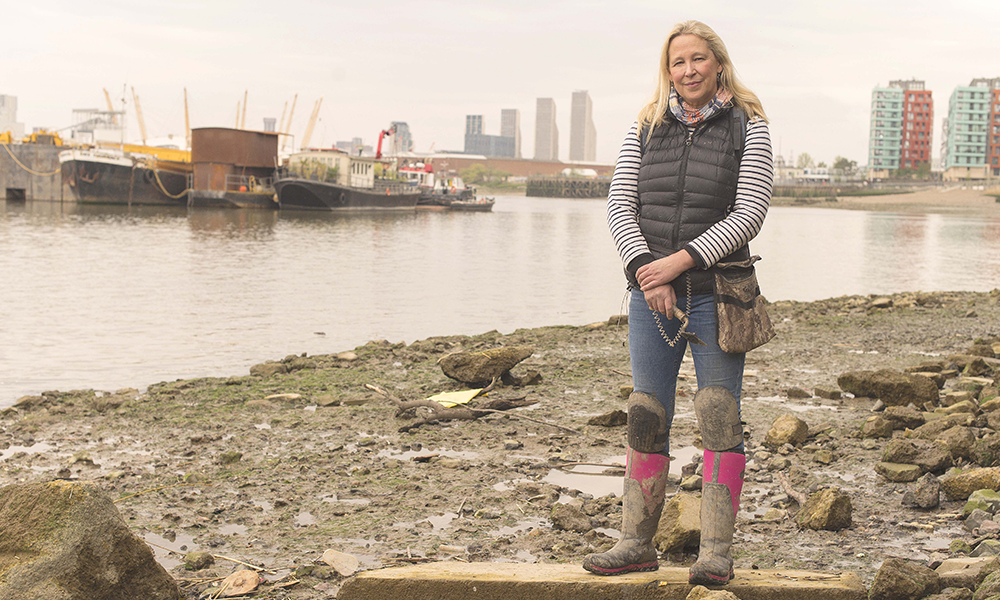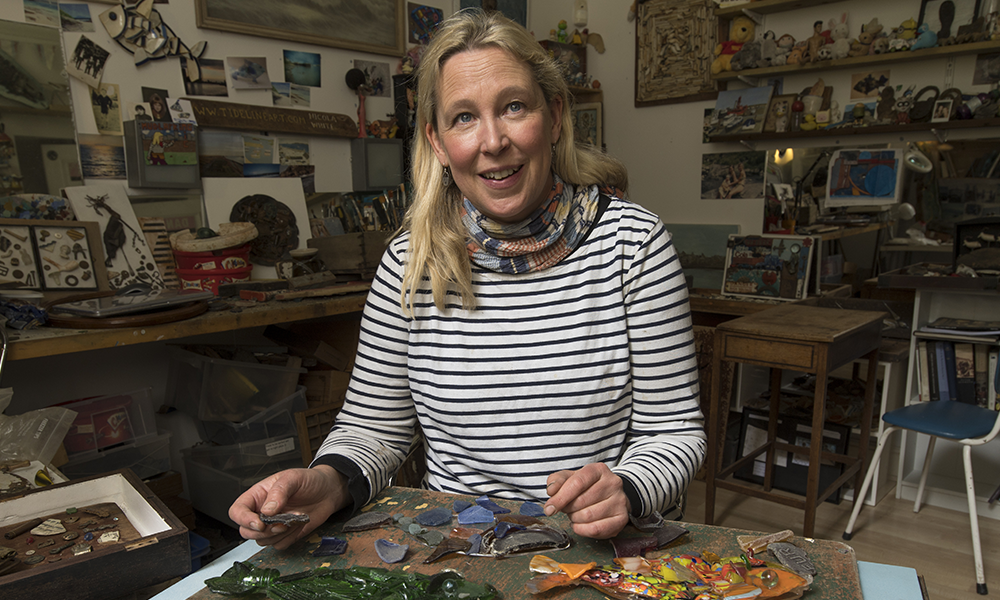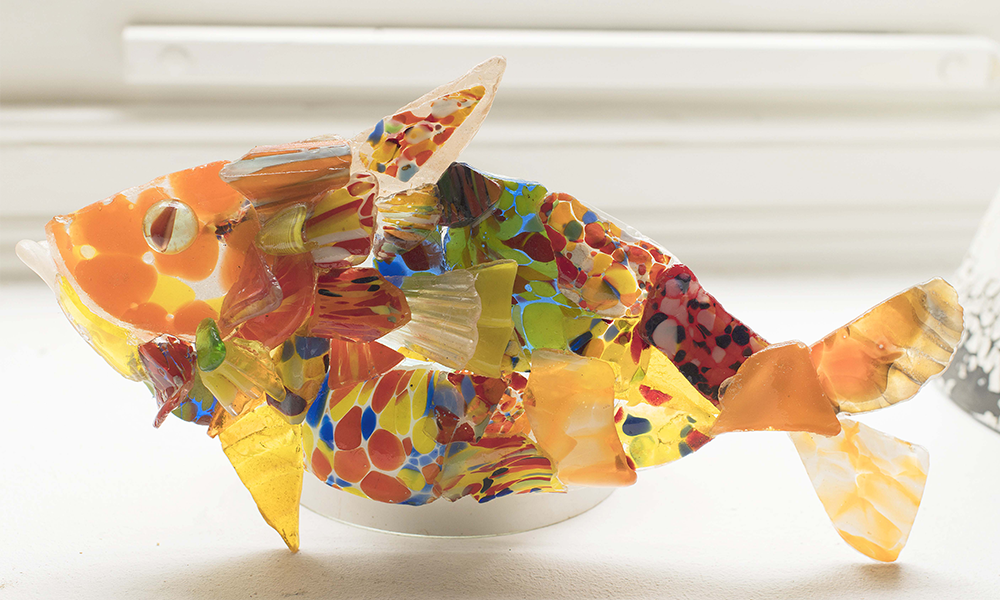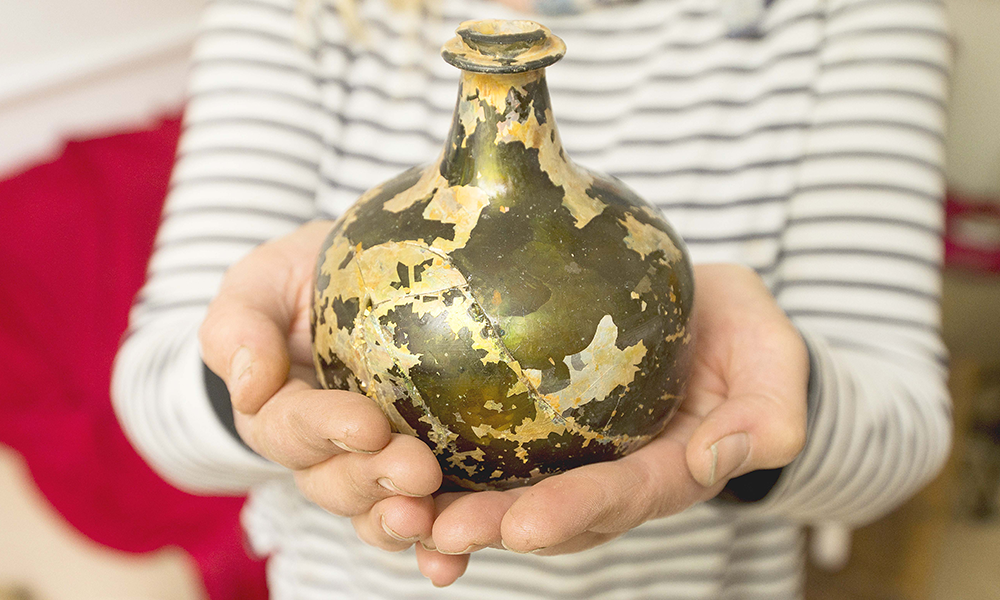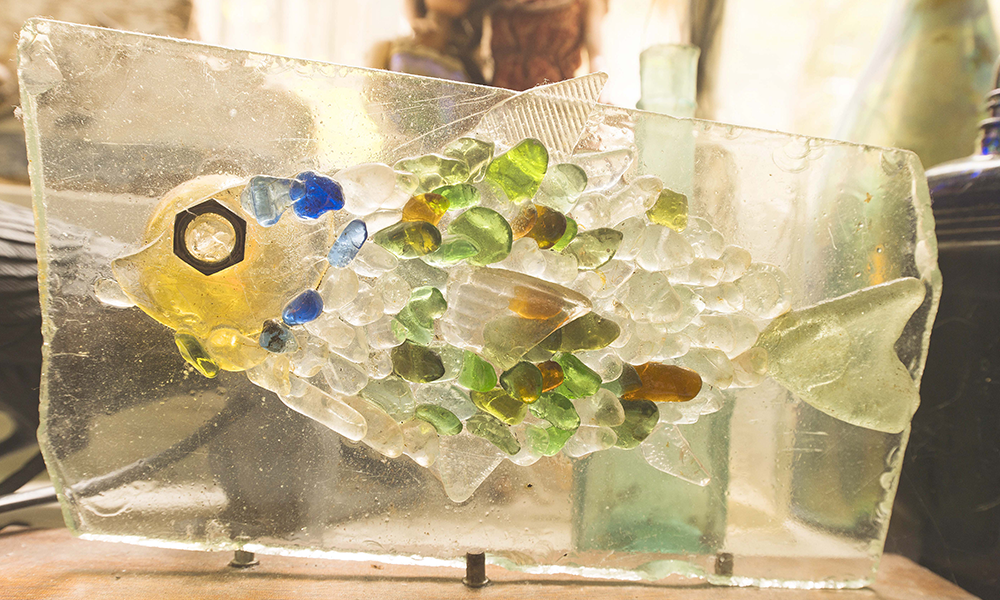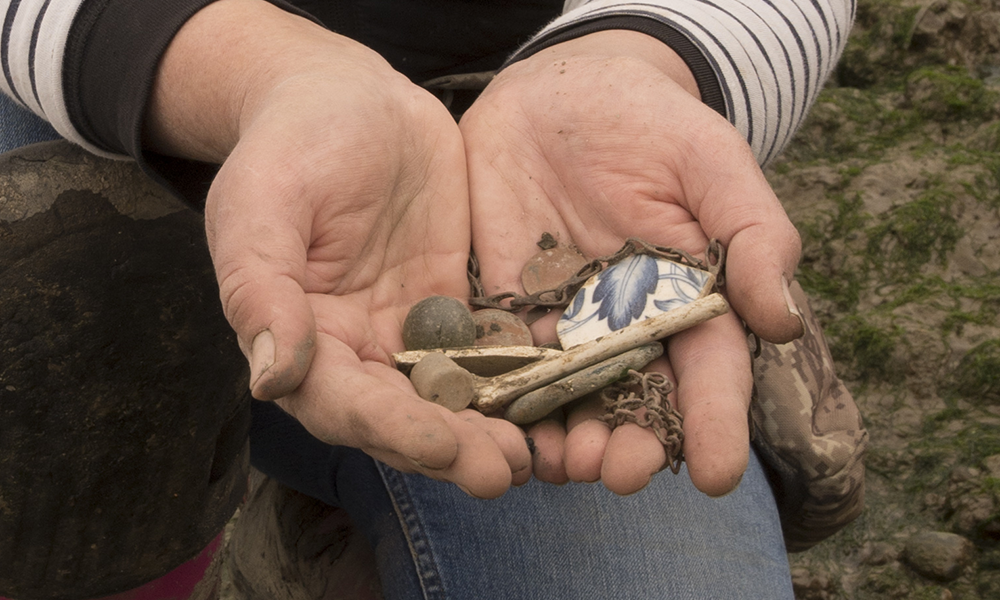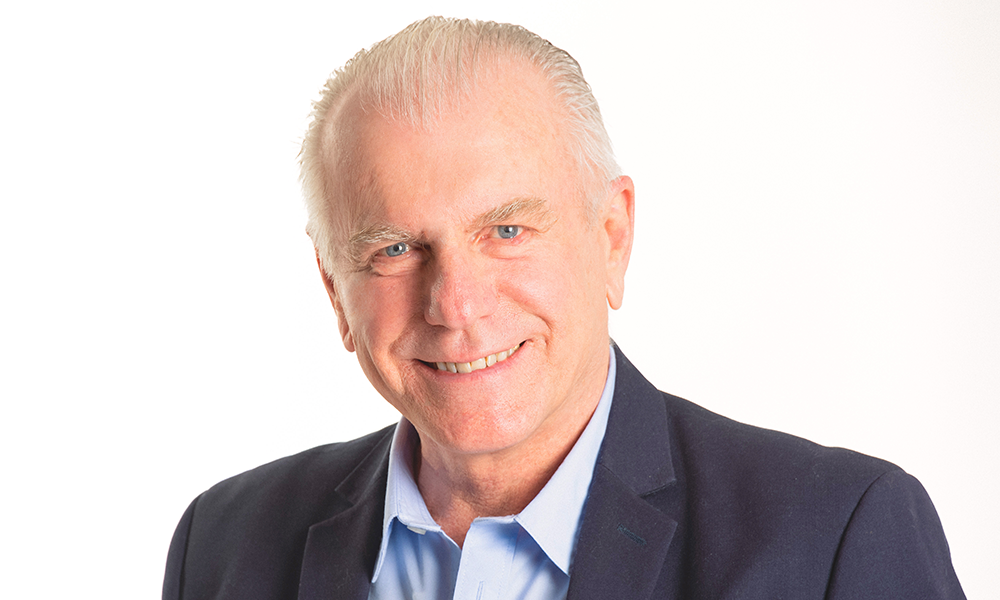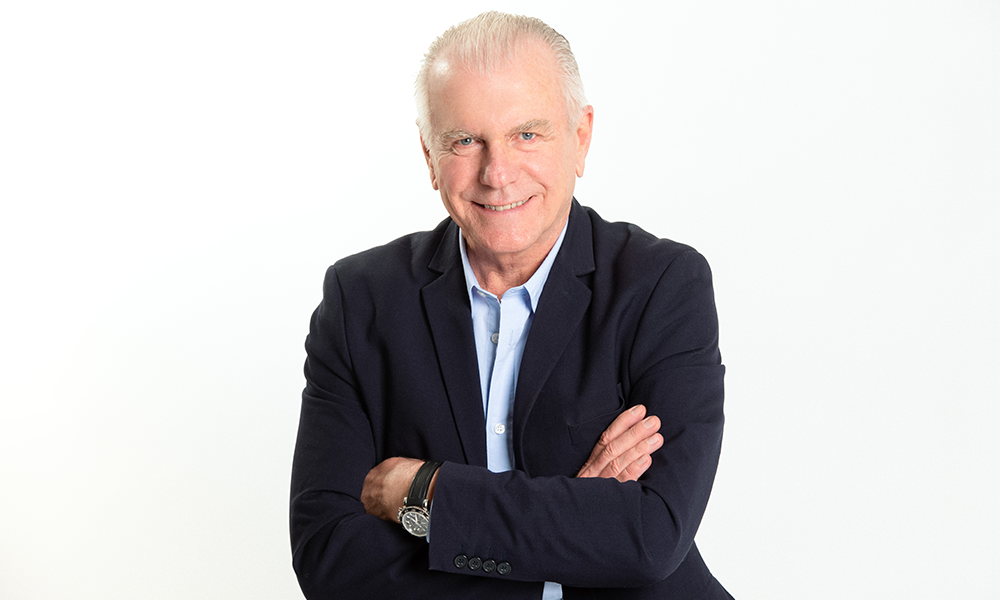Storytelling company are set to bring You, Me, The World And This Moment to Poplar Union on June 19
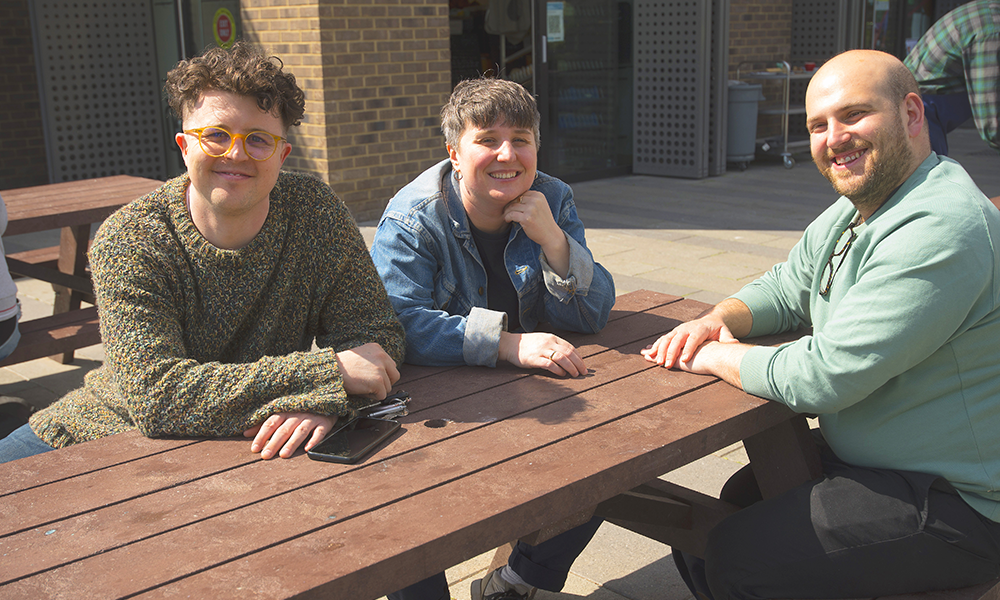
Subscribe to Wharf Life’s weekly newsletter here
BY LAURA ENFIELD
After a two-year pause, it feels like the world is suddenly surging forward.
But are we ready to face the future when we’ve barely processed the past and are scrambling to keep up with the present?
Take Stock Exchange is offering a chance to reflect on this extraordinary moment in time, which we are all experiencing but in wildly different ways.
The community storytelling company, consisting of Nick Cassenbaum, Olly Hawes and Anna Smith, has been out in Poplar talking to older LBGTQIA+ men, gardeners and young people about what they are feeling as they try to get on with their lives.
They will combine the stories with others from across London for You, Me, The World And This Moment – a free event set to be held at Poplar Union on June 19, 2022, from 12.45pm to 3pm.
“Previously our projects have really been strictly location-based,” said Olly. “But this one is focused on the experience of the pandemic and of living right now.
“We got the feeling that straight after lockdown people were going to be told: ‘Move on now. We have to get back to normal’.
“But we want to provide a space for people to reflect on this moment in time and experience what they need to.”
Anyone can get a ticket, go along to the event, share a meal, and watch a performance crafted from the stories the collective has gathered, accompanied by a live musician.
Nick said: “We believe the arts can be something everyone participates in and benefits from, one way or another.
“What that means for us is trying to talk to as many different people as we can, with as wide a range of experiences as we can.
“Then we enable those people to reflect, to develop their own ideas, share them with other people and use that to help them move through their lives but also make that community stronger. I hope we’re going to see more work like this in the future.”
Drama graduates Olly and Nick met at Exeter University and formed the company in 2013. They wanted to do something involving the arts that had a direct impact on people’s lives.
They started with a grant of £250 for their first project You, Me, The World And Wanstead and have gone on to work on 12 large projects and numerous smaller ones across east London.
Of course, it’s not as simple as rocking up somewhere, putting on the kettle and sitting down for a heart-to-heart.
Anna joined as a producer a few years ago and is the one who finds the pathway into communities, organises the meet-ups and applies for funding.
In the past, they have worked with The Yard Theatre, Stratford Circus, Rich Mix, Culture Mile, The Barbican, Barnsbury Housing Association, Poplar HARCA, Poplar Union, Artsdepot and Vision Redbridge.
Anna said: “We always have one key partner in the area we’re working in that already has some connections to local groups.
“We will start having conversations with people and perhaps get a tip-off about another group. It’s a lot of word-of-mouth and following that chain of people who know people.
“It’s about embedding yourself, even though it’s for a short period of time, in a particular area and getting to know the connections and the networks that exist.”
The group reinforces this by always travelling to meet their subjects.
Anna said: “I think that allows people to feel comfortable enough to open up more than they would do if they were invited to a random conversation in an unfamiliar location.”
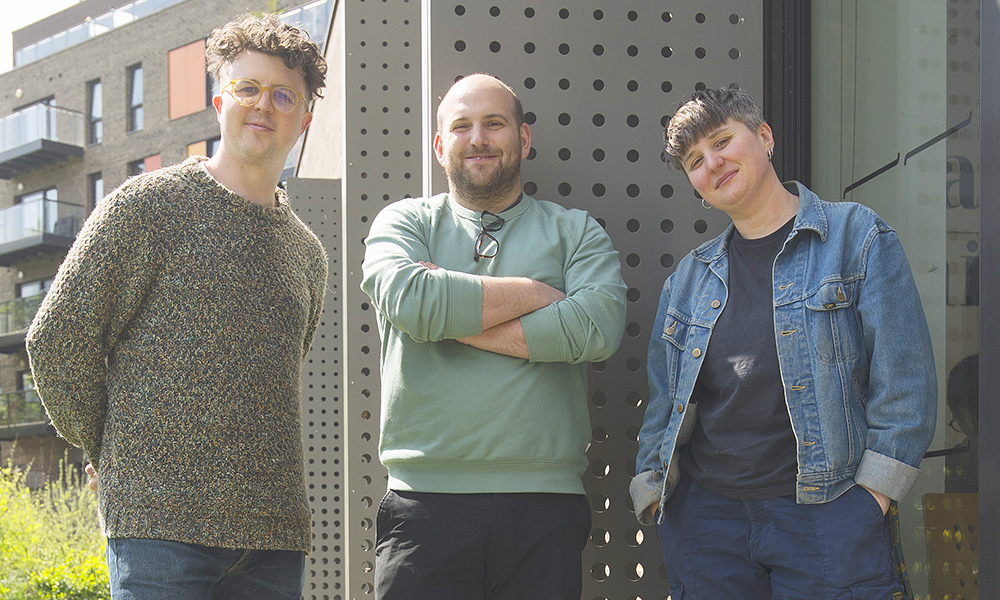
Olly and Nick are the ones who then go out and talk to people and begin to build a sense of what conversations need to be fostered.
“A lot of the time we’re working in quite unpredictable situations,” said Olly.
“Sometimes we’ll turn up to a place and we don’t know if there are going to be three people there or 30.
“We don’t know if they are going to be happy that we’re coming or not. So we have to have quite a clear plan in mind, but then be really, really flexible.
“One of the real strengths of the project is it allows people to have the experience they want. It reveals stories that want to be revealed.
“These conversations are already bubbling, but perhaps haven’t been connected to one another or haven’t been shown to be part of a wider whole. “
Olly said he and Nick often spent hours discussing the conversations and how they related to each other and the wider world.
“The idea is that we build a dialogue through difference,” he said.
“The end result is people get a little bit of an insight into the lives of people they share a geographic space with, but who they might not necessarily interact with in their everyday lives.
During lockdown they took their conversations to Zoom, launching a podcast to share the results.
The trio also completed a location-focused project in Poplar during the pandemic and said it felt important to return.
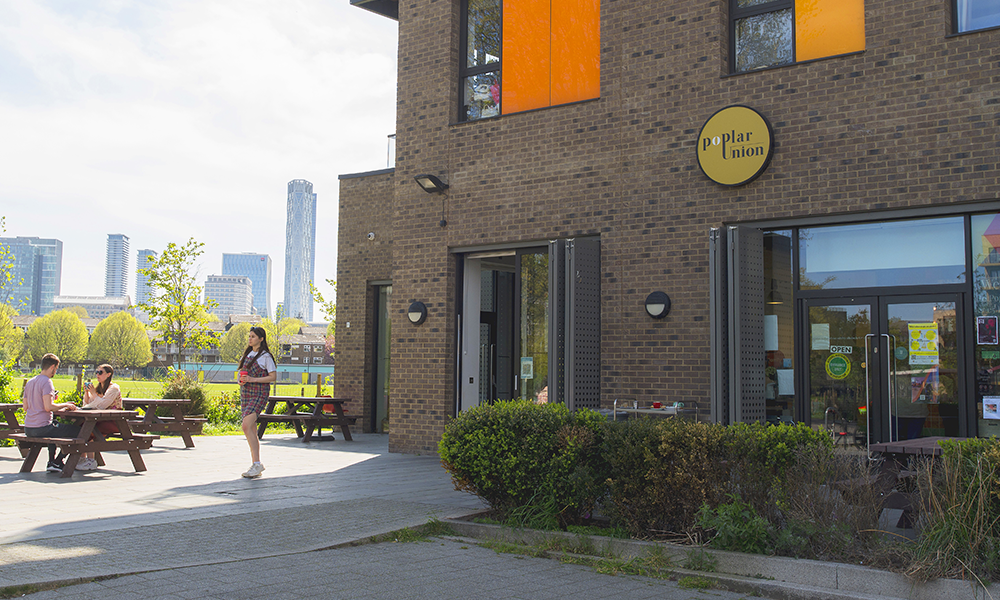
Olly said: “Lockdown gave some a moment of calmness and peace but we were still in the midst of this really disorientating experience.
“And we’re still not out of that. We’ve just moved to a different stage of it.
“Giving people the chance to sit and reflect is something that has almost universally been appreciated at every workshop we’ve done.
“One of the most common things that we’ve heard is people saying: ‘I still I don’t know what to make of all this.
“I feel like my world has changed massively, but I still can’t really work out how’.
“We’ve heard that from primary school kids and much older people and every age bracket in between, from people in a variety of different circumstances.
“Our job now is to take all that material and create stories that are based on these events and communicate them in a truthful, clear way. That’s the big challenge of this project.”
They began holding workshops for You, Me, the World And This Moment in the Spring after receiving funding from the Arts Council and Poplar Union.
Nick said having the pandemic as the theme has enabled people to connect more quickly.
“When we’re focusing on location, people can tend to keep it very light and not go into the personal,” he said.
“So there is learning here for us that I think will definitely filter into future projects.
Olly said: “When we first started doing this work, it was in response to the idea that despite the fact we live in a world that is seemingly more connected, people feel a sense of disconnection more and more. We were trying to remedy that.
“Now, we live in a world that has been turned upside down by the pandemic. And that uncertainty is at the heart of this project.
“The pandemic has been this unifying experience but everyone has had really diverse experiences within it that we’re trying to connect.
“So, in our own small way, we’re trying to reunite this part of London.”
Read more: Artist creates pieces for Pride Month across Canary Wharf
Read Wharf Life’s e-edition here
Subscribe to Wharf Life’s weekly newsletter here
- Laura Enfield is a regular contributor to Wharf Life, writing about a wide range of subjects across Docklands and east London




